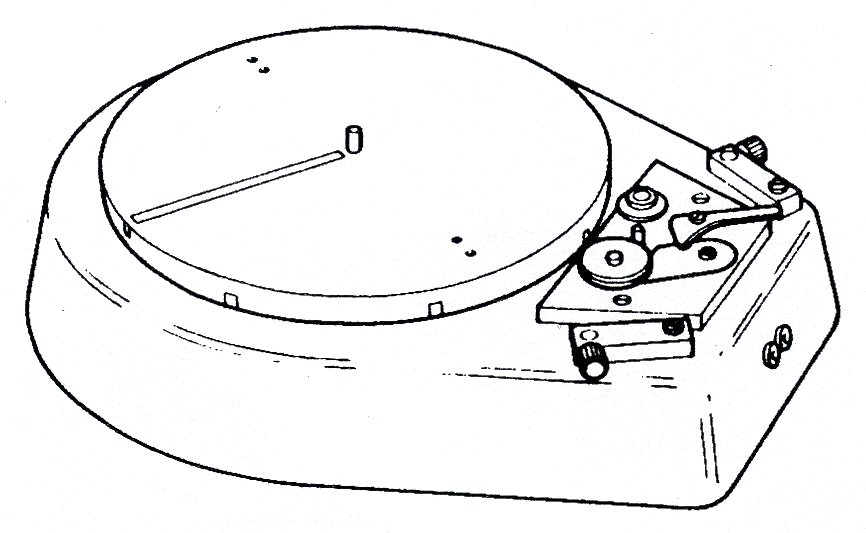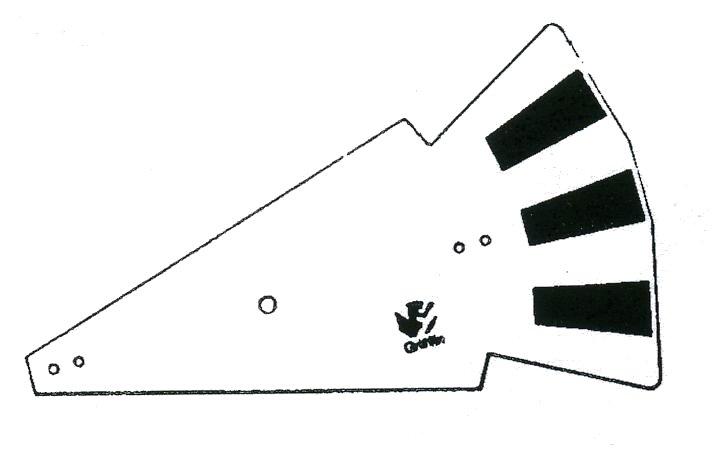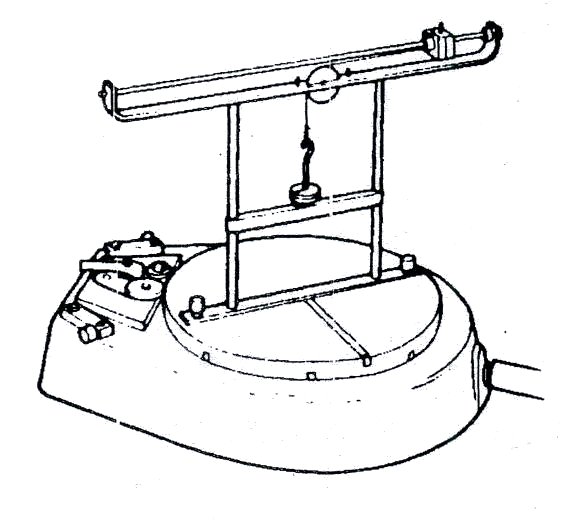We’ve started looking at telescopes and this BBC programme from 2 years ago featured the replacement for Hubble, the James Webb Space Telescope. The presenter, Maggie Aderin Pocock now hosts The Sky at Night on BBC4.
Please take some time to watch both parts of the film. Maggie covers the basic idea of satellites, how we achieve geostationary orbit, looks at examples of Earth observation and the manufacture of the James Webb’s massive 6.5m mirror. In part 1, around 17 minutes in, you’ll see satellite footage over the Highlands, can’t quite see Thurso though.
Satellites-part1 from mr mackenzie on Vimeo.
Satellites-part2 from mr mackenzie on Vimeo.
If you want to download a copy of the video to watch later, use the download link below. Please be patient, the file is about 660MB in size.






